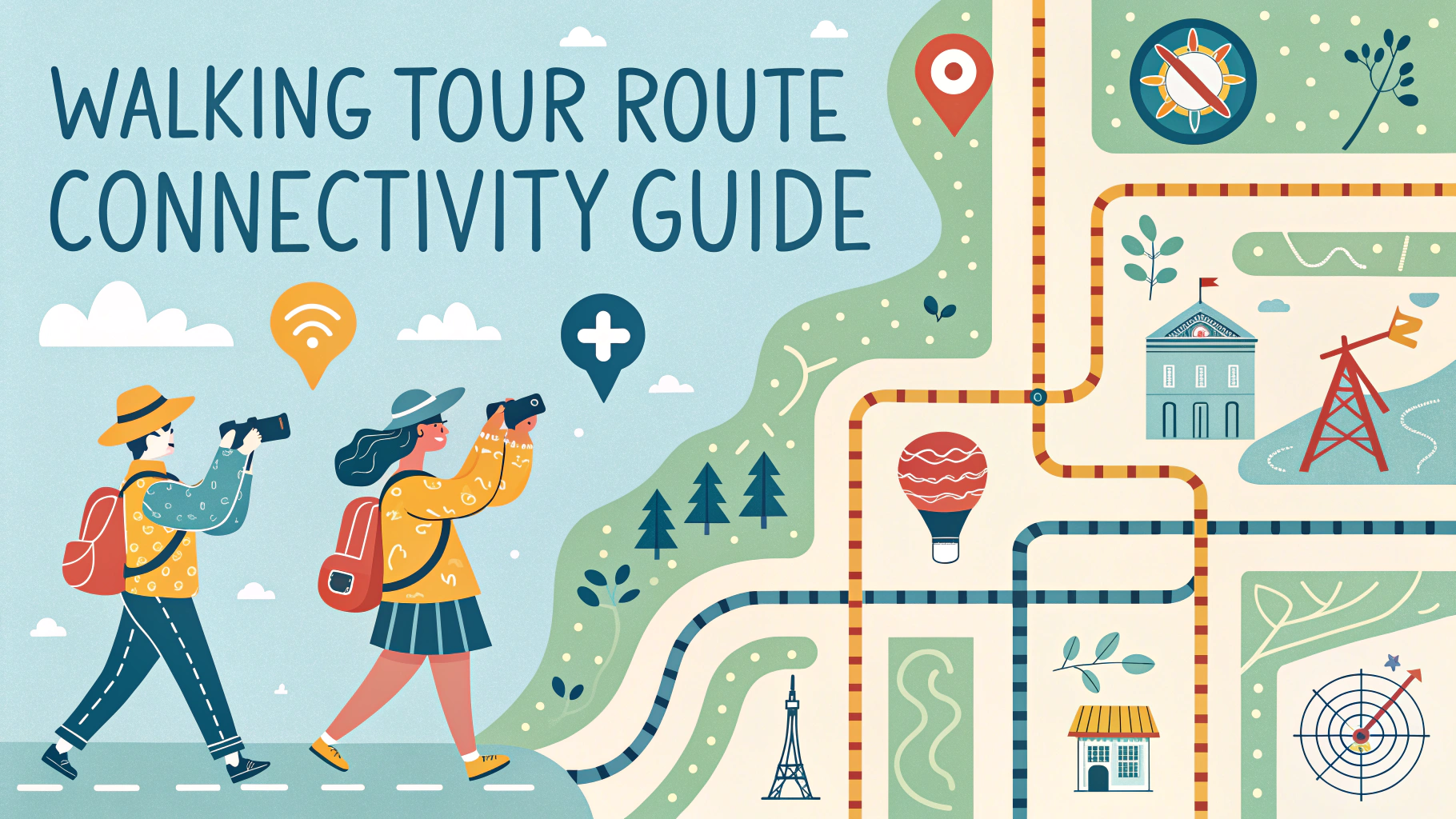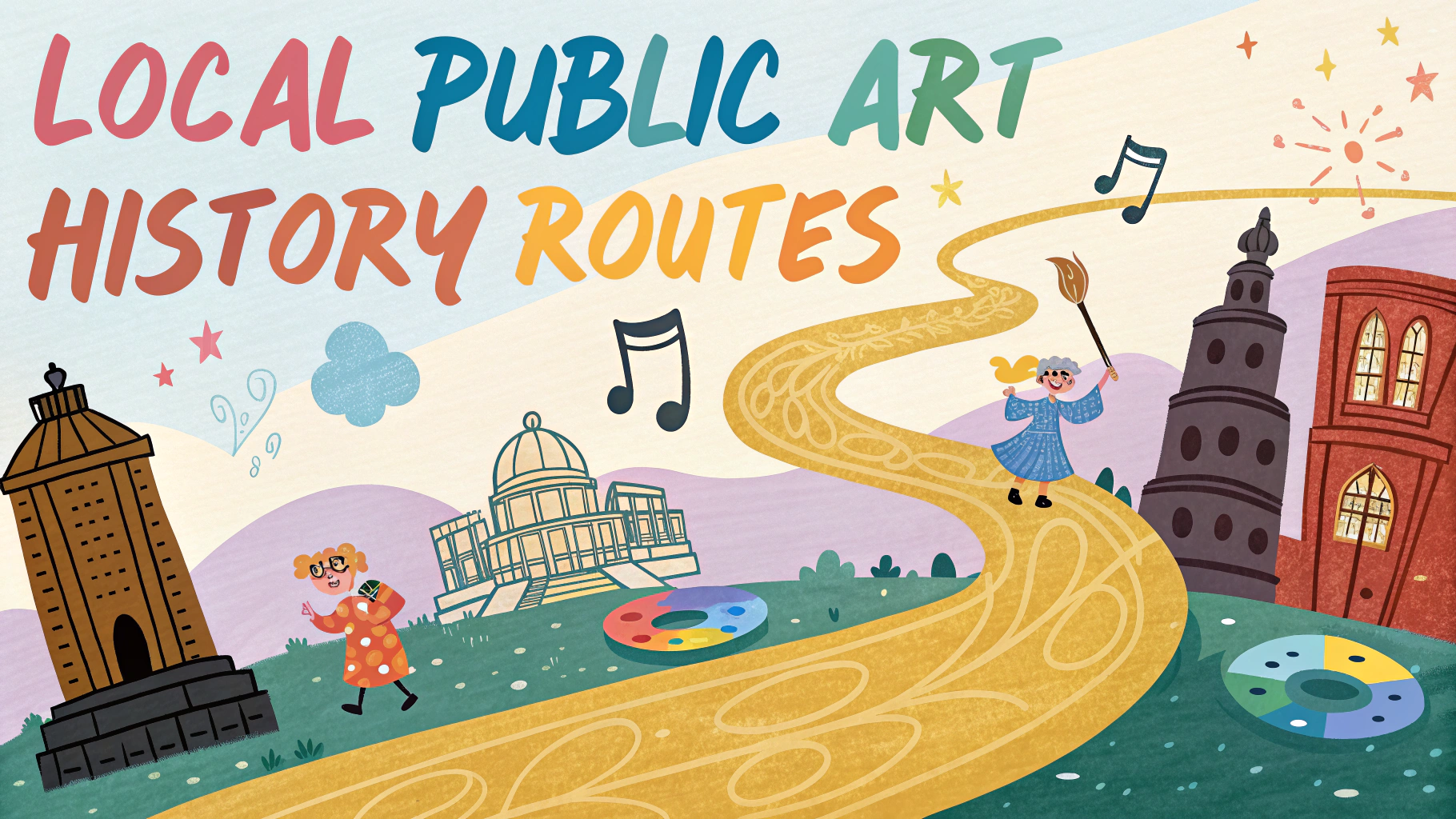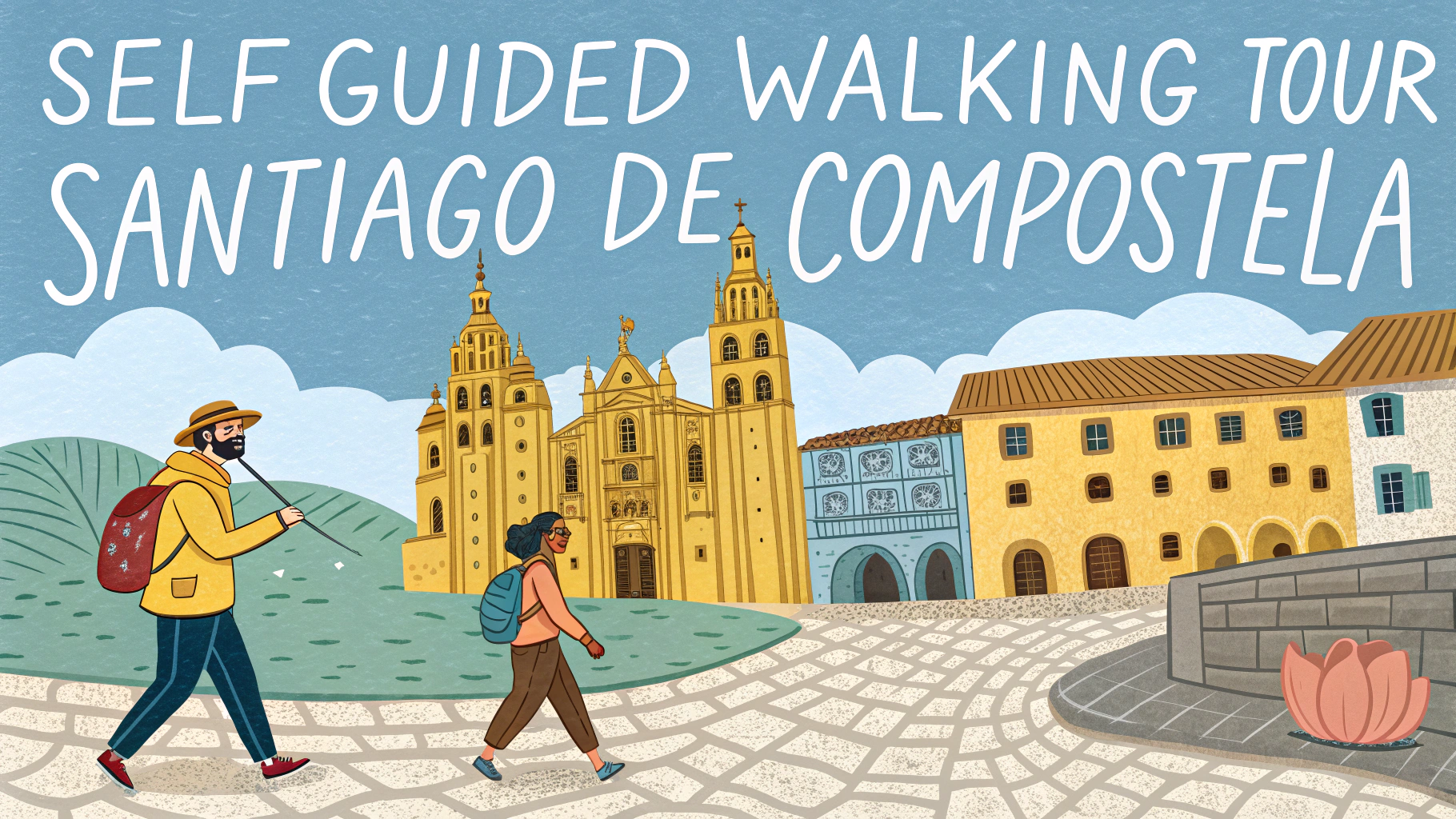Historical architecture walks offer a unique way to discover the stories behind buildings and understand how cities evolved over time.
Reading buildings requires understanding basic architectural elements, construction periods, and local history to piece together their stories.
Essential Elements to Observe During Architecture Walks
- Building materials (brick, stone, wood)
- Window styles and arrangements
- Door designs and entrances
- Roof shapes and materials
- Decorative elements and ornaments
- Construction dates or cornerstones
- Building height and massing
Tips for Self-Guided Architecture Tours
Start with a focused area or neighborhood that has a concentration of interesting buildings.
Download architectural style guides or historical maps of your chosen area before setting out.
Photograph interesting details and make notes about distinctive features you observe.
Recommended Tools
- Camera or smartphone
- City architectural guide
- Map of historic districts
- Notepad for sketching details
- Comfortable walking shoes
Common Architectural Styles to Look For
| Style | Time Period | Key Features |
|---|---|---|
| Gothic Revival | 1830-1860 | Pointed arches, steep roofs, decorative trim |
| Victorian | 1860-1900 | Ornate details, bay windows, towers |
| Art Deco | 1920-1940 | Geometric patterns, stepped facades, stylized details |
Resources for Architecture Enthusiasts
- The Architecture Foundation offers downloadable walking tour maps
- Local historical societies typically maintain building databases
- Municipal libraries often have historic building archives
- University architecture departments may offer public lectures
Safety and Etiquette Tips
- Respect private property boundaries
- Ask permission before photographing occupied buildings
- Stay aware of your surroundings while observing details
- Walk in groups when possible
- Carry water and weather-appropriate gear
Consider joining architectural preservation groups to learn from experienced guides and gain access to special tours.
Document your findings through sketches, photos, or a blog to build your architectural knowledge over time.
Recommended Apps for Architecture Walks
- ArchitectureGuide: Building identification and history
- HistoryPin: Historic photos and walking routes
- Streetwise: Urban architecture navigation
- MapMyWalk: Route planning and tracking
Preserving Architectural Heritage
Documentation of historical buildings helps preserve architectural heritage for future generations. Many cities face development pressure that threatens historic structures.
How to Support Preservation
- Join local preservation societies
- Attend city planning meetings
- Document endangered buildings
- Support adaptive reuse projects
- Share knowledge with others
Learning Through Guided Tours
Professional guides offer insights that might be missed during self-guided walks. They often share access to private spaces and detailed historical records.
Types of Guided Tours
- Themed architectural walks
- Interior building tours
- Photography-focused tours
- Preservation society events
- Architectural history lectures
Conclusion
Architecture walks provide a deeper understanding of urban development and cultural heritage. Regular observation develops skills in reading buildings and appreciating architectural details.
Whether self-guided or led by experts, these tours connect participants with local history and foster appreciation for architectural preservation. Start with nearby neighborhoods and gradually expand your architectural knowledge through systematic exploration.
FAQs
- What should I look for when examining historical architecture on a walking tour?
Pay attention to architectural elements like building materials, window styles, decorative details, roof shapes, and entrance designs. Notice how different time periods are reflected in construction methods and architectural styles. - How long does a typical historical architecture walking tour take?
Most self-guided walking tours take 1-2 hours to complete, depending on the route length, number of stops, and how much time you spend examining each building. - What are the best tools to bring on an architectural walking tour?
Bring a camera, comfortable walking shoes, a detailed map or mobile device with GPS, a notebook for sketches or notes, and weather-appropriate clothing. - How can I identify different architectural styles while on my walk?
Look for key characteristics like Gothic pointed arches, Classical columns, Victorian ornate details, or Art Deco geometric patterns. Reference architectural style guides for specific features. - What’s the best time of day for architectural photography during walks?
Early morning or late afternoon provide the best lighting conditions, known as “golden hours,” when shadows are longer and details are more visible on building facades. - How can I learn about a building’s history before starting my walk?
Research local historical societies, architecture guides, landmark registries, and municipal archives for information about significant buildings on your route. - What safety precautions should I take during self-guided architecture walks?
Stay aware of your surroundings, walk in daylight hours, respect private property, follow traffic rules, and carry a phone and water. - How do I read a building’s construction date and original purpose?
Look for cornerstone dates, architectural styles matching specific periods, and design elements that indicate original use (like loading docks or store fronts). - What resources help identify architectural terms during walks?
Use architectural glossaries, mobile apps dedicated to architecture, or pocket guides that explain common architectural elements and terminology. - How can I document my architectural walks effectively?
Take detailed photographs, make sketches, write notes about distinctive features, and record the location and historical information for each building.






